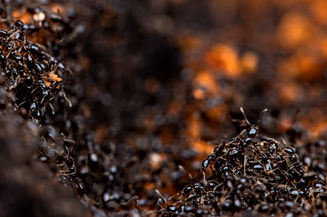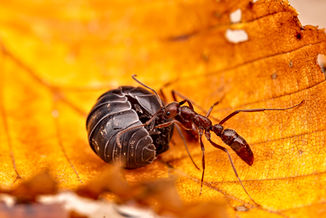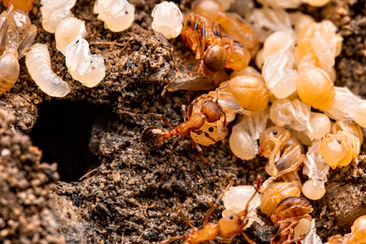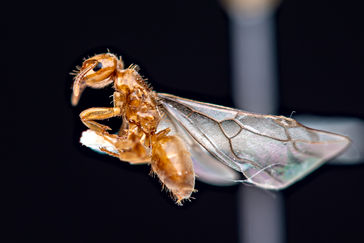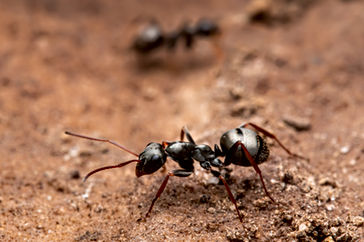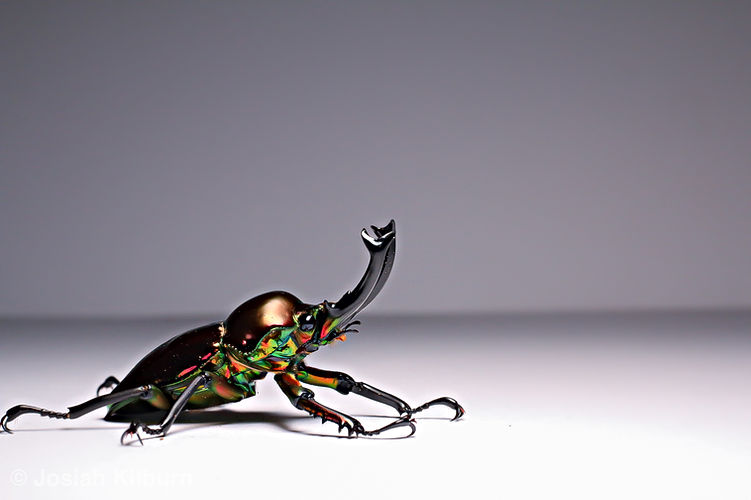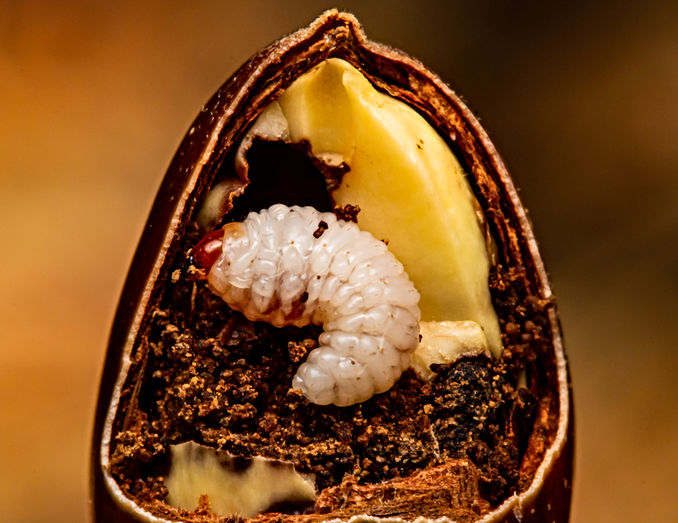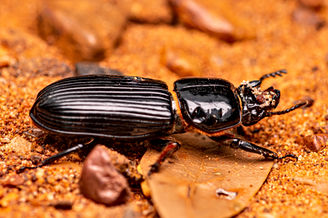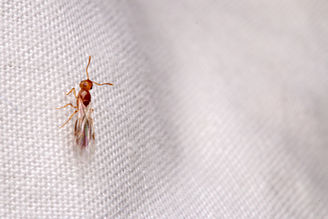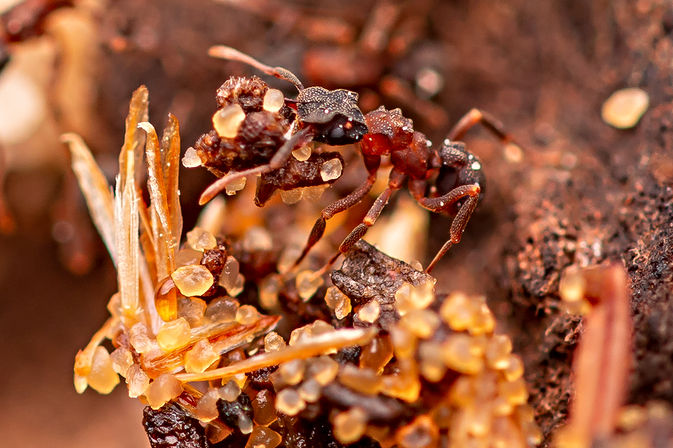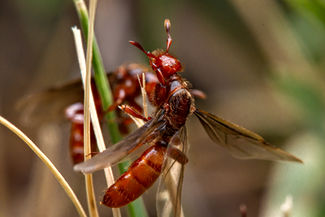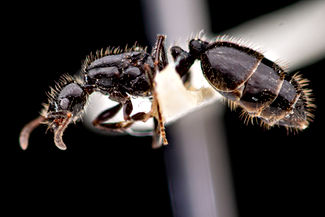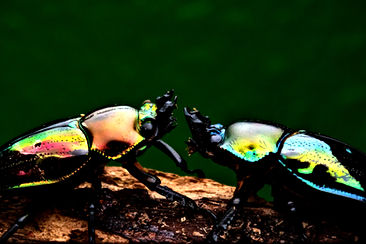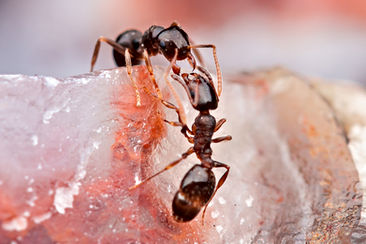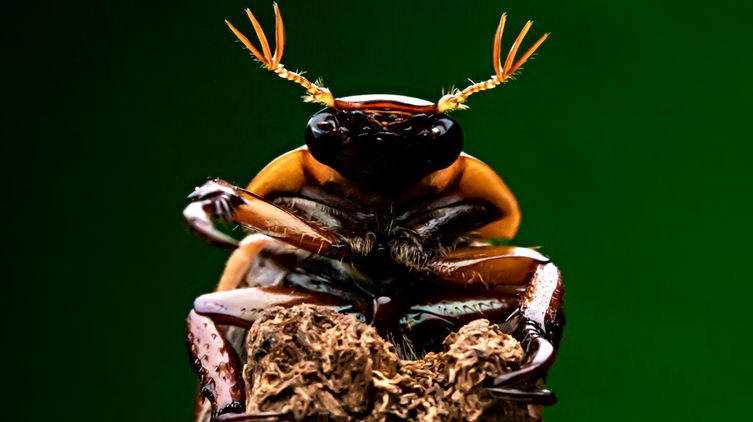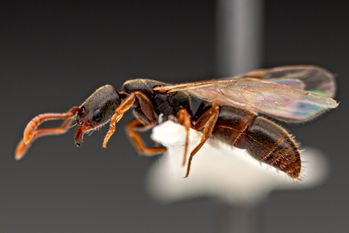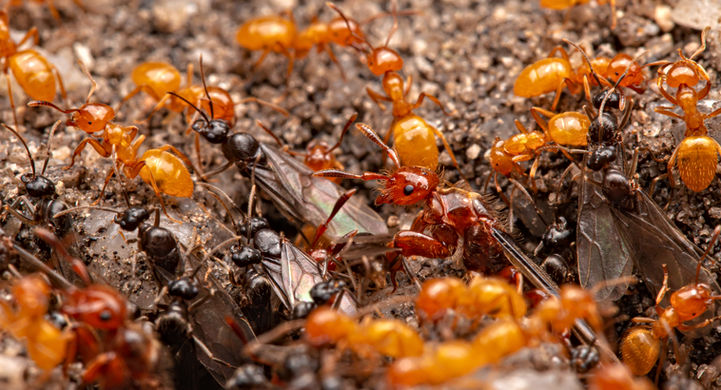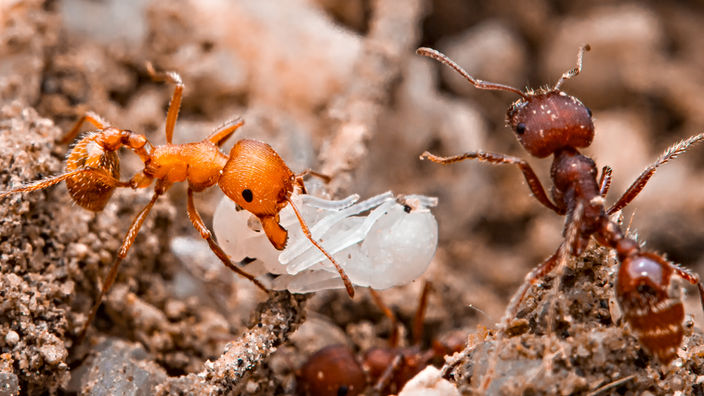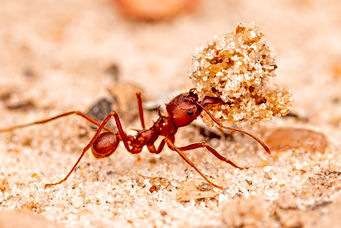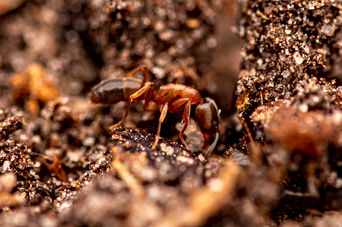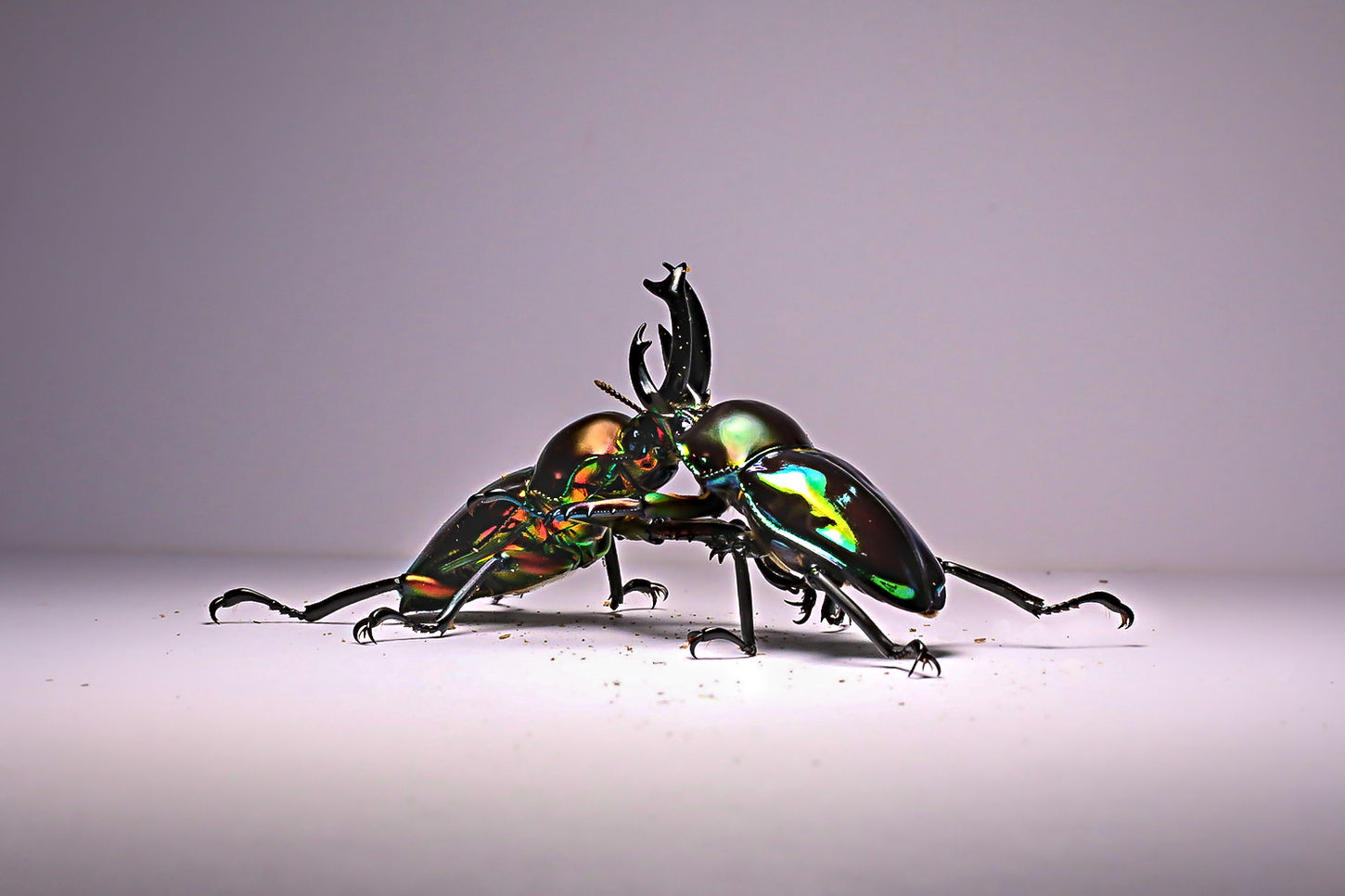


I'm Away On fall break, Where I found This awesome Leptogenys elongata worker!

When viewed up close, an adult acorn weevil might appear scary. In reality you should only be scared of them if you are a shrub oak, as they limit the amount of successful acorns to sprout. Thankfully though, They have many predators, including temnothorax ants or acorn spiders. Which helps manage this problem. AP photography, POTW #3, Theme: Thriller

This is my photo of the week for week #1. The word I chose for this image was texture. I think this image does a great job at comparing different levels of texture. I attempted to remove as much texture as I could from the background to add to the subject. More about the subject; This is an Odontomachus monticola trap Jaw ant. It is from my collection of specimens, I used to have a colony of these but sadly they passed away, so I preserved them. I did my best to attempt to spread this specimen.

I'm Away On fall break, Where I found This awesome Leptogenys elongata worker!
The LHS Entomology Club started in fall 2019, it was started by founding members, Josiah Kilburn, Corvin Erdos, Jayant Polokam, and Evan Ratcliff. Not pictured below: Corvin Erdos
 A worker of Myrmecocystus mendax sits at the nest entrance deciding her job. |  A spider attempts to wrap it's hymenopteran prey for later. |  Contrasted with the reddish soil at Garden of the the Gods. The body colors of the hydrophilic Lasius coloradensis clash quite nicely. |  Formica worker from Garden of the Gods. |  A Cellar Spider (Pholcidae) carries it's egg sack around to protect it from predators |  Some acanthomyops lasius queens, sport alien-like features including massive legs which aid them in killing the queen of their host colony which they parasitize. Lasius cf. claviger |
|---|---|---|---|---|---|
 A rough harvester ant worker (Pogonomyrmex rugosus) moves plant debris away from the nest. |  Myrmica cf. hamulata moves pupae further into the nest |  A rough harvester ant worker (Pogonomyrmex rugosus) moves a thorn away from the nest |  A rough harvester ant worker (Pogonomyrmex rugosus) guards the nest. |  A california harvester ant worker (Pogonomyrmex californicus) forages outside nest. |  A western fence lizard rests on some soil. |
 In California's Desolate Wilderness, near Emerald Bay, there are many hikes sporting waterfalls, this is one of them. |  A weevil found in an acorn. |  A species named after the lake where it was originally discovered, this Myrmica tahoensis worker was found just a few minutes away from the lake! |  A grapevine beetle (Pelidnota punctata) peeks out from the top of a stick. |  A smaller weevil found in an acorn. |  Although not confirmed these cowl workers seem to be Tapinoma cf. schreiberi, although data defining the two species is sparse, so it's possible they are tapinoma sessile. |
 A colorful Porcellionides pruinosus, or 'powder,' isopod. This one doesn't have any powder though, and you can see the difference in color throughout the carapace. |  Two female rainbow stag beetles 'size each other up' |  Western subterranean termites, or Reticulitermes hesperus, defend the nest. |  a different species from the common M. minimum, M. ergato |  California forest scorpion found in Nevada. |  |
 The immigrant pavement ant (T. immigrans) is very common in Colorado, with individuals appearing in almost every residential area in the state besides a few incredibly high up towns. |  A Myrmecocystus cf. mimicus [honeypot ant] worker discards a scarab beetle. |  This is a species of odontomachus native to the bahamas, It is found commonly in the florida keys, I did a bit of research on them in september. They may actually be unique in the sense that they could be polygynous as a colony I collected functioned with three queens. |  This Solenopsis could be a new species, but It could also be a endemic variant of Solenopsis molesta or carolinensis. |  This image shows the hairy larvae of T. immigrans. Or the immigrant pavement ant |  Carebara longii is one of the rarest ants in the US! Only found in Texas and Oklahoma it is also the only species of Carebara native to the US. This species was collected in austin. The ant was reflected off of a chrome book and I used a 50-250mm zoom lense in a 12+20+36mm extension tubes |
 This is probably a Phidippus regius jumping spider. |  Two male rainbow stag (P. muelleri) beetles jousting for the right to mate. |  Tagged Idea leuconoe butterfly rests on a branch. The tag is slightly visible through the wing. |  A rainbow stag beetle (Phalacrognathus muelleri) reflecting its various colors. This is a red variant male. |  A butterfly dries its wings in a captive butterfly house. Some butterfly houses can provide important insights on pollinator research and contribute to collections around the world. |  This Is a female green variant of the Austrailian rainbow stag beetle (P. muelleri). In my opinion she looks like she is dabbing |
 A flower of a blooming plant. |




























